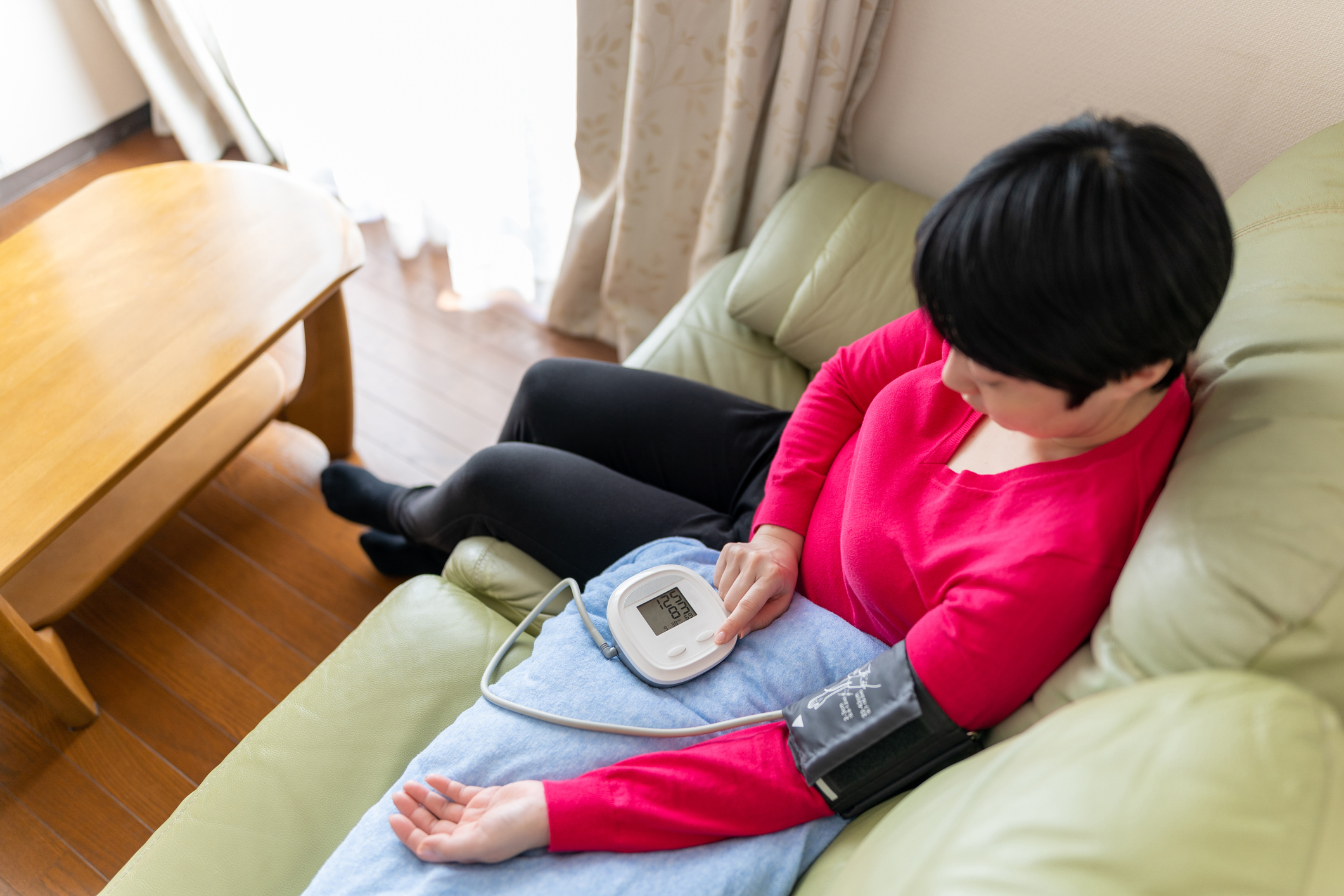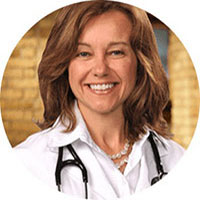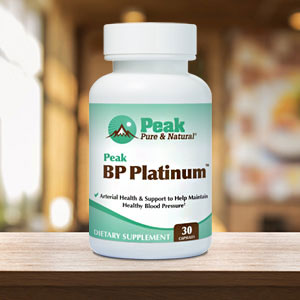Get Easy Health Digest™ in your inbox and don’t miss a thing when you subscribe today. Plus, get the free bonus report, Mother Nature’s Tips, Tricks and Remedies for Cholesterol, Blood Pressure & Blood Sugar as my way of saying welcome to the community!
Is your real blood pressure problem incorrect readings?

Normal blood pressure readings fall below 120/80 mmHg. And, by the way, no blood pressure reading is considered too low, unless you are feeling poorly with it. My blood pressure typically runs in the 96/60 mmHg range and I feel fine.
What’s defined as high blood pressure, however, varies depending upon who you listen to…
According to the American Heart Association, BP readings 130 or greater for the top number OR 80 or greater for the bottom number qualify as hypertension.
According to the International Society of Hypertension, high blood pressure is defined as a top number of 140 or greater OR bottom number of 90 or greater.
Regardless of which scale you follow, the values that fall between normal and abnormal are referred to as “pre-hypertension.”
In my own practice, I typically favor the more lenient definition of high blood pressure, especially in older patients in whom lowering the top number much below 140 mmHg can lead to lightheadedness.
I also rarely use an office blood pressure reading as the sole determinant of whether or not someone has hypertension. Instead, I routinely encourage my patients to check their blood pressure at home. After all, they don’t live in my office. And the blood pressures we get in the office may not be representative of reality.
Getting blood pressure readings right matters
Indeed, home blood pressure checks can provide vital information — and might completely alter a patient’s care plan.
I once saw an elderly patient who was complaining of lightheadedness and near-fainting spells. She had been under treatment for high blood pressure for several months with little improvement in her readings despite progressive increases in her medications.
When I saw the patient in the office, her blood pressure reading was 174/90 mmHg. I asked her to obtain a blood pressure monitor for home and keep track of her readings over a couple of weeks, being sure to take at least some of the readings during the time she was feeling lightheaded. I was concerned that perhaps some of her pressure readings were even higher — and contributing to her symptoms.
When she returned with her blood pressure diary, we were both surprised by her results. Most of her BP values were well below 130/80 mmHg and during times of lightheadedness, actually fell below 100 systolic. We checked her monitor against the blood pressure cuff in the office — both gave the same reading — 174/88 mmHg.
It turns out that this particular patient displayed what is referred to as “white coat hypertension” — blood pressure readings that are elevated simply due to being in a doctor’s office, but not necessarily reflective of readings outside of the office. The patient’s lightheadedness was not due to markedly elevated readings, but rather readings that were too low for her.
Once we discontinued her blood pressure medications, her lightheadedness completely resolved and she remained with readings well below 140/80 on her home monitor. In the office, her readings remained in the 170/90 range.
The opposite can also be true. Patients who have borderline/mildly elevated readings in the office can turn out to have much higher readings during the rest of the day — indicating the need for commencing or adjusting antihypertensive therapy.
If the blood pressure readings are completely normal in the office, there is usually little need for monitoring of blood pressures at home.
Monitoring your blood pressure at home
There are many different home BP monitoring devices on the market including a large selection of automated cuffs. A typical home BP monitor ranges in price from $30-100, with higher prices reserved for models that are wireless or store a lot of data.
The brand I tend to recommend to my own patients is Omron (I have no financial relationship with this company). I’ve found that their monitors are well built, accurate, reasonably priced and easy to use.
Some BP monitoring units are meant to be used at the wrist level, which can be helpful if you have very large arms, but in general, I prefer arm units since they most closely mimic how we check blood pressures in the office. Regardless — whichever monitor you choose, a VITAL step is to bring the monitor into your doctor’s office to make sure that the readings you are getting on your home monitor are accurate and consistent with office readings.
In general, getting a couple of readings per day is useful — once in the morning and once in the evening — and keeping a log of results either on paper or on the machine is the goal. More data is better — but this is not meant to be burdensome. So, if you’re able to check more frequently that’s great, but if you also need to skip a reading because it’s not convenient to get one, that’s ok too.
A few parting thoughts:
- Whenever possible, be an active participant in your care. A home BP monitor is relatively inexpensive and can be extremely helpful in guiding the management of your blood pressure.
- Do not accept advice to “watch” elevated BP readings unless there is a clear action plan is in regards to those readings. Hypertension is a modifiable risk factor. “Watching” your blood pressure does nothing to modify your risk.
- Many medications can be used to lower blood pressure and many people require multiple medications to get to goal. But everyone is different in terms of which medications work best for them and it may require several attempts at different dosages/combinations of medications to attain the desired result. The important part is to establish a BP goal, and within a reasonable time to attain that goal.
- Lifestyle contributes to the development of hypertension, sometimes profoundly. If you’re part of the solution, I guarantee you won’t need nearly as many medications to control your readings.
- If you have hypertension, Step One is a great choice. Our foods are all calorie-controlled, very low in sodium (Pancake Mix being the exception), and full of whole food ingredients documented to help lower blood pressure. Lifestyle changes to reduce BP typically involve more than just changing out a couple of food items per day, but we’re a great place to get started and we can help.
Editor’s note: Have you heard of EDTA chelation therapy? It was developed originally to remove lead and other contaminants, including heavy metals, from the body. Its uses now run the gamut from varicose veins to circulation. Click here to discover Chelation: Natural Miracle for Protecting Your Heart and Enhancing Your Health!













